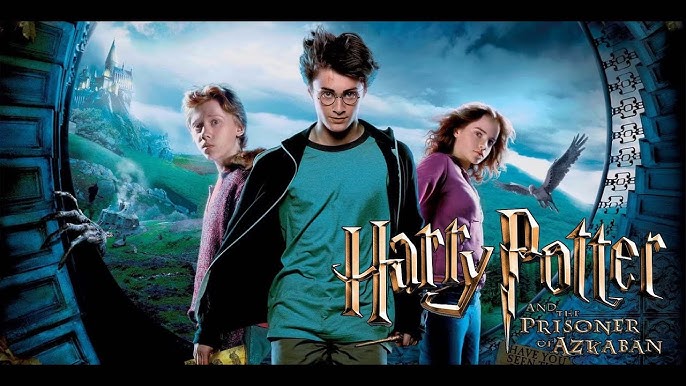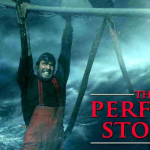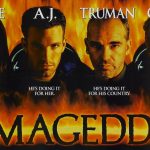Harry Potter and the Prisoner of Azkaban (2004)
- fanmovies
- November 1, 2024

Harry Potter and the Prisoner of Azkaban (2004) is the third film in the Harry Potter series, directed by Alfonso Cuarón. Based on J.K. Rowling’s novel of the same name, the film follows Harry (Daniel Radcliffe) in his third year at Hogwarts School of Witchcraft and Wizardry as he learns that the notorious escaped prisoner Sirius Black (Gary Oldman) is after him. This installment introduces darker themes and more complex storytelling as Harry confronts secrets about his family, faces the fearsome Dementors, and discovers new aspects of the wizarding world.
Story and Themes
The plot centers around the mystery of Sirius Black’s escape from Azkaban and his supposed intention to find Harry. As the story unfolds, Harry learns more about his parents, his godfather Sirius, and the betrayal that led to their deaths. Themes of friendship, betrayal, and the search for identity are prominent, with Harry grappling with his past and growing closer to understanding who he is. This film also introduces the concept of time travel through Hermione’s Time-Turner, which becomes crucial to saving both Sirius and the innocent hippogriff Buckbeak.
Acting and Characterization
The main trio—Daniel Radcliffe (Harry), Emma Watson (Hermione), and Rupert Grint (Ron)—deliver strong performances, showing growth and maturity as they step into the darker material of the story. Gary Oldman’s portrayal of Sirius Black brings a raw, emotional intensity to the character, capturing his haunted yet compassionate nature. David Thewlis as Professor Remus Lupin is equally memorable, embodying both the wisdom and the burden of a character who has faced personal darkness. Michael Gambon takes over the role of Albus Dumbledore from the late Richard Harris, bringing a slightly different, more dynamic energy to the role that aligns with Cuarón’s darker tone.
Direction and Visuals
Alfonso Cuarón’s direction marks a stylistic shift in the series, adding a darker, more atmospheric tone that sets it apart from the previous two films. Cuarón incorporates visual metaphors, symbolic imagery, and a more sophisticated, cinematic style that reflects the growing maturity of the characters and storyline. The cinematography, featuring muted colors and frequent use of natural lighting, emphasizes the mystery and suspense of the story. Hogwarts itself feels more alive and haunting, with sweeping shots of the grounds and dynamic camera movements that capture both the magic and danger of the wizarding world. Cuarón also brings in innovative visual effects, especially with the Dementors, time-travel sequences, and the Hippogriff Buckbeak.
Soundtrack
The film’s score, composed by John Williams, is iconic and complements Cuarón’s vision. Williams introduces new themes, like “A Window to the Past,” which poignantly underscores Harry’s longing for his family. The eerie yet whimsical theme for the Time-Turner sequences also stands out, reflecting the magical and mysterious nature of the plot.
Criticisms
While Harry Potter and the Prisoner of Azkaban was widely praised, some fans felt that the film deviated from the book’s details, as Cuarón focused on the emotional and visual aspects of the story over strict adherence to plot points. Some characters and subplots from the book, such as the detailed backstory of the Marauders (Padfoot, Prongs, Moony, and Wormtail), are only hinted at, leaving certain connections less explicit for viewers unfamiliar with the books.
Overall Impression
Harry Potter and the Prisoner of Azkaban is a standout entry in the series that expands the Harry Potter universe both visually and thematically. Alfonso Cuarón’s direction, combined with strong performances and a haunting score, brings an added depth and richness to the story that elevates it beyond a children’s fantasy to a more mature, layered film. The darker tone, complex themes, and emotional character arcs make it a fan-favorite and a critical success, often cited as one of the best adaptations in the Harry Potter series.











